Planning for Incapacity: Essential Steps to Protect Your Future
No one likes to think about the possibility of becoming incapacitated due to illness, injury, or old age. Planning for incapacity, however, is a critical aspect of estate planning that ensures your wishes are respected and that your affairs are taken care of if you cannot do so yourself. This blog post outlines the essential steps to prepare for this possibility, helping you maintain control over your financial, legal, and health care decisions.
Understanding Incapacity
Incapacity means being unable to make decisions for yourself due to mental or physical impairments. This could be temporary, due to an injury or illness, or permanent, as with advanced age or chronic conditions. Planning can help prevent court-appointed conservatorship, which might not align with your personal preferences, and can save your loved ones significant financial burdens, stress, and confusion.
Legal Documents to Prepare
Effective planning for incapacity involves setting up several key legal documents:
- Durable Power of Attorney For Finance: This document allows you to appoint someone you trust to manage your financial affairs if you become incapacitated. Unlike a general power of attorney, a durable power of attorney remains in effect if you lose mental capacity.
- Advanced Health Care Directive: This health care power of attorney allows you to designate a person to make healthcare decisions on your behalf if you cannot do so. This document should be accompanied by discussing your medical preferences with the appointed individual. In this document, you outline your wishes regarding medical treatment if you are incapacitated and unable to communicate. This can include instructions on life support, resuscitation, and pain management.
- Revocable Living Trust: A trust allows you to maintain control over your assets while alive, even if incapacitated, and simplifies management and transfer after your death. You can appoint a successor trustee who will manage the trust’s assets if you can no longer do so.
- HIPAA Release: This document authorizes your doctor to write a letter of incapacity -or capacity, as the case may be- so that your successor can step into your shoes.
Choosing the Right People
Selecting individuals to act on your behalf is crucial to planning for incapacity. Consider the following when making your choices:
- Trust and Responsibility: Choose individuals who are trustworthy and capable of handling the responsibility, whether they are family members, friends, or professionals.
- Willingness to Serve: Confirm that the people you designate can act in these roles when needed.
- Understanding Your Wishes: Ensure that the designated individuals fully understand your preferences and are prepared to advocate on your behalf.
Communicating Your Plans
Once your documents are in place, it is important to communicate your plans clearly:
- Inform Key Individuals: Make sure that anyone named in your documents and close family members know about the plans and where the documents are stored.
- Obtain Legal Advice: Consult with an estate planning attorney to ensure that all documents are legally sound and reflect your current wishes.
- Update Your Wishes: Review and update your documents regularly, especially after major life changes such as divorce, the death of a designated individual, or significant changes in your health.
Conclusion
Planning for incapacity is a proactive step that protects you and eases the burden on your loved ones. By establishing clear, legally sound documents and communicating your wishes, you can ensure that your preferences are honored and your affairs are well-managed, no matter what the future holds.
Call to Action
If you have yet to plan for potential incapacity, or if your current plans need updating, consider contacting an estate planning attorney today. Protecting your future starts now, and we are here to help guide you through every step of the process. Contact us to learn more about how we can assist you in securing your peace of mind.













